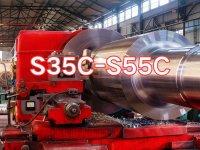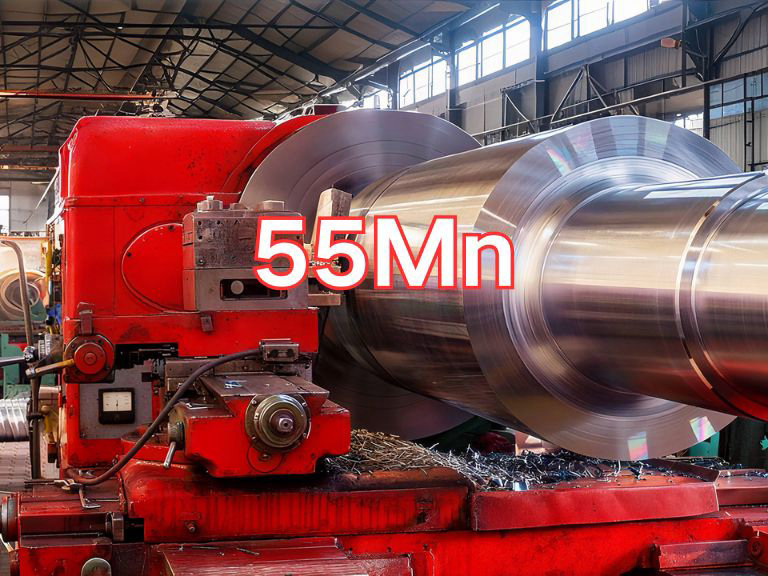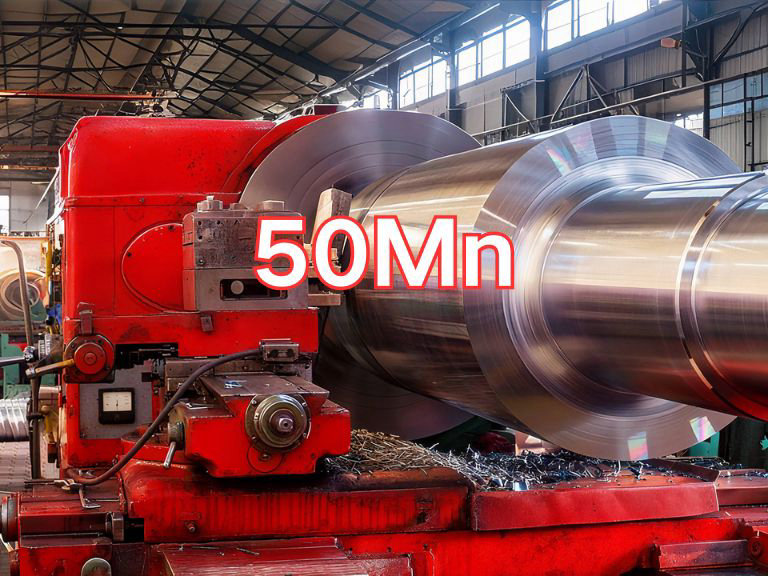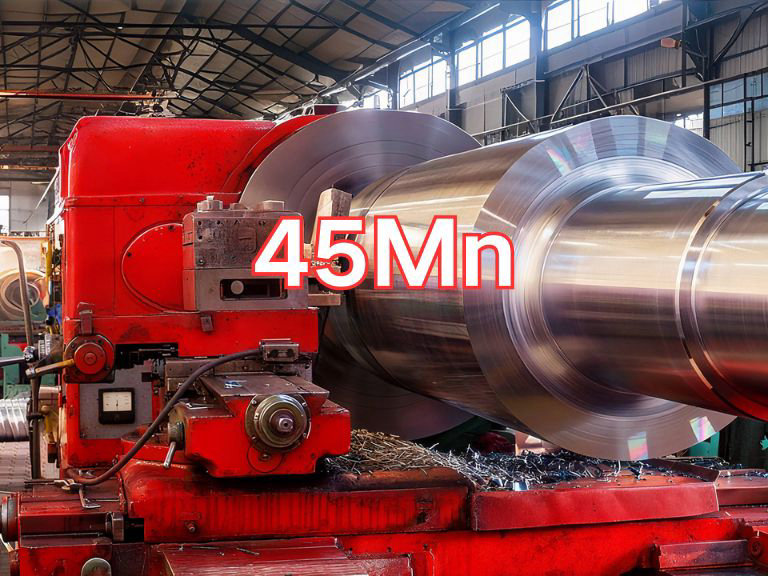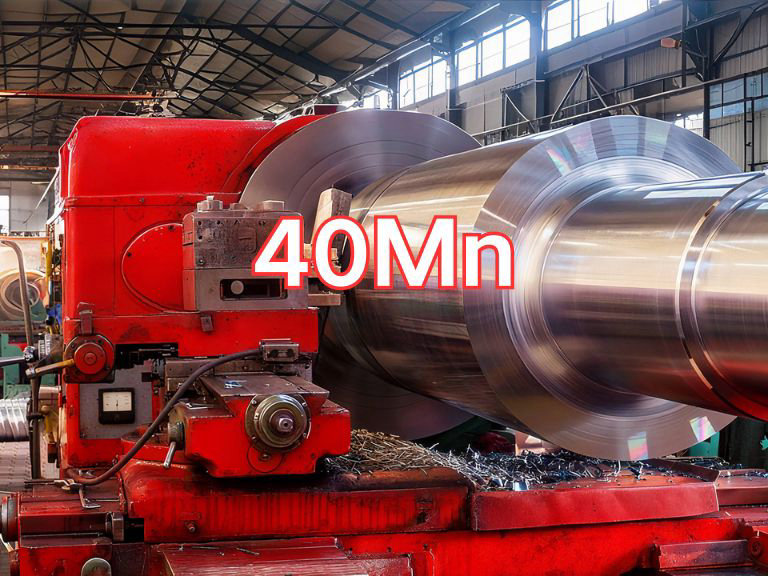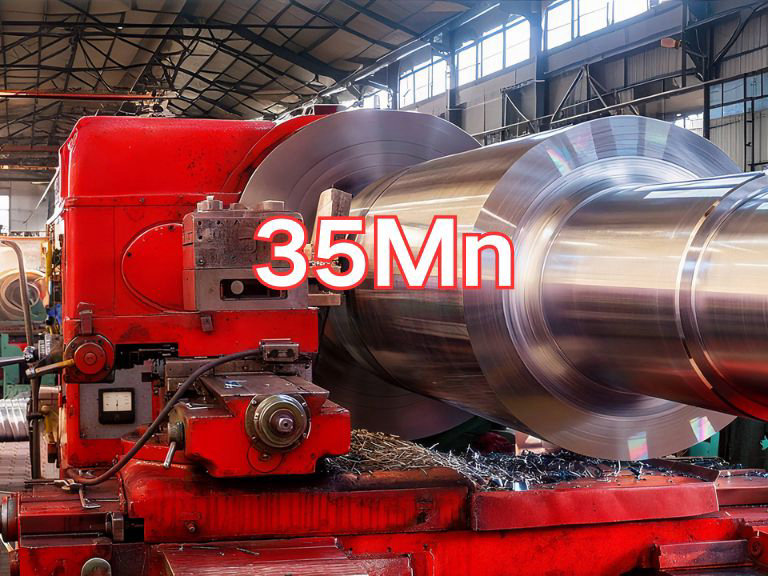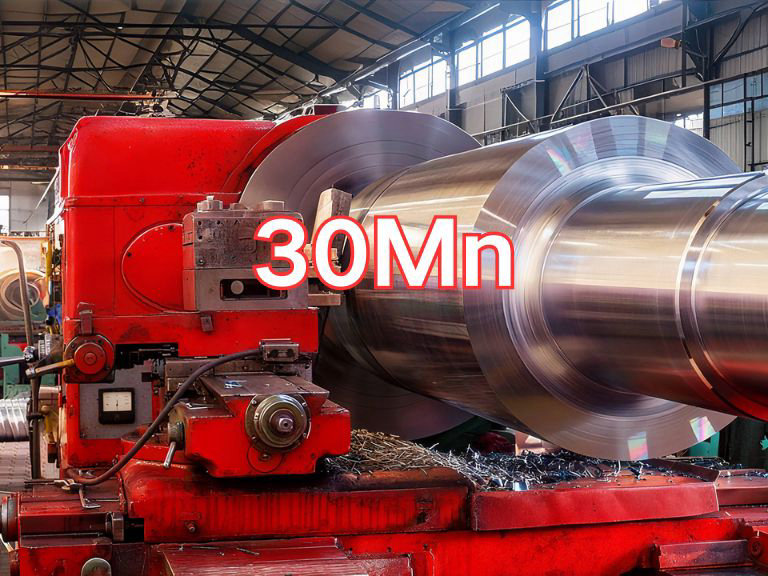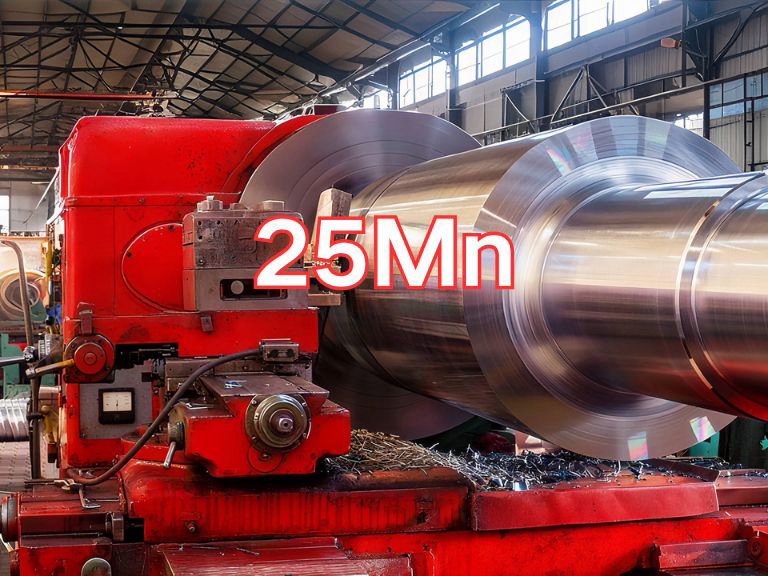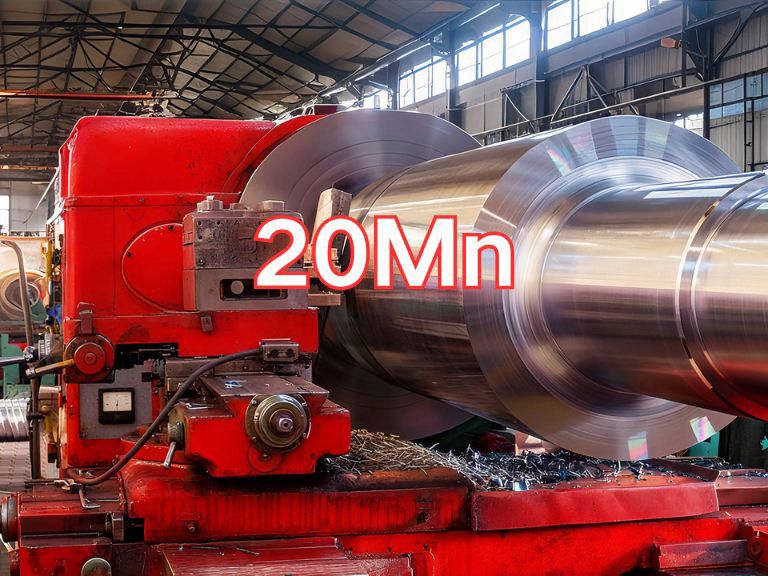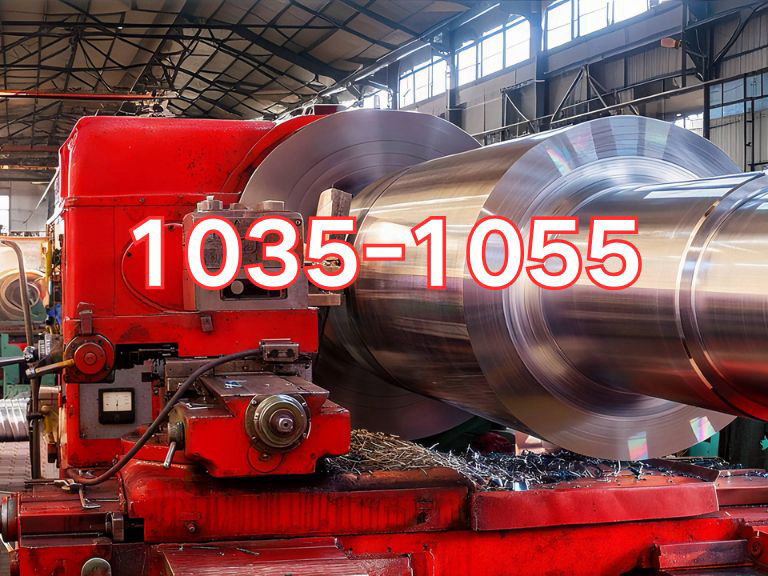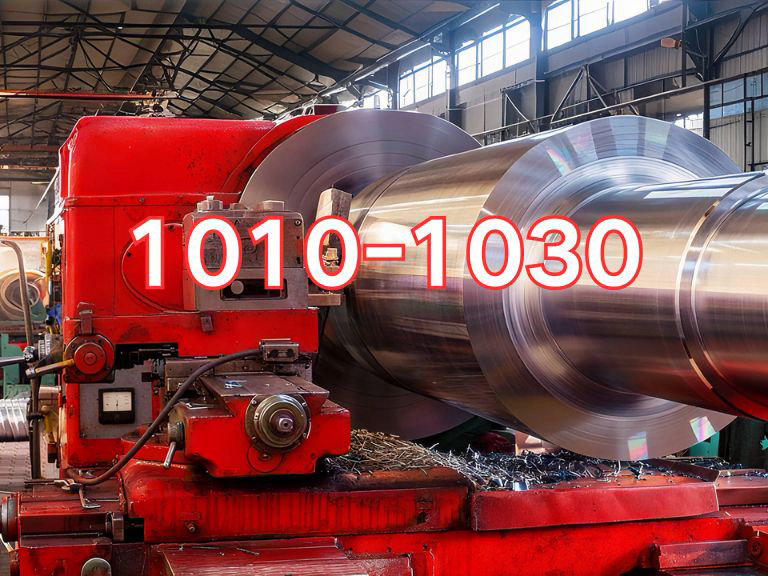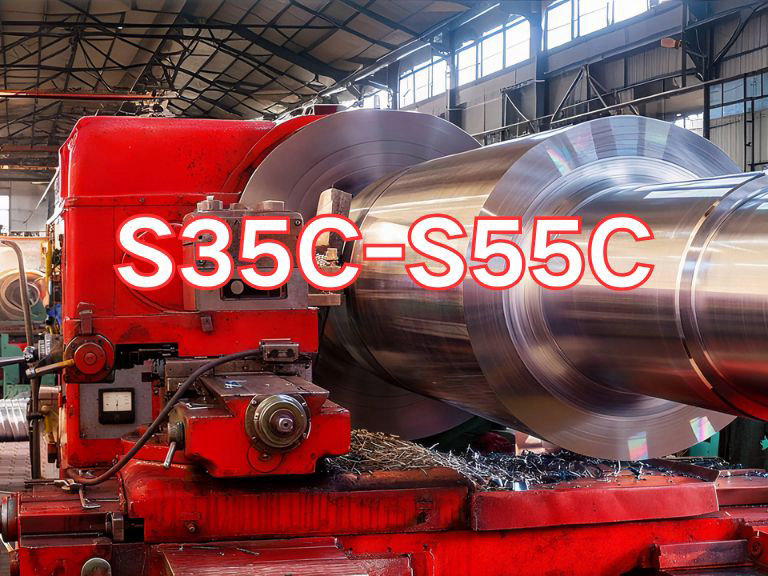

S35C-S55C
S35C, S40C, S45C, S50C, and S55C are a group of medium-carbon, high-quality carbon structural steels defined by the Japanese Industrial Standard (JIS), governed primarily by the current standard JIS G 4051-2016 "Carbon Steel for Structural Use". This standard specifies chemical composition, mechanical properties, dimensional tolerances, and testing methods for 11 grades from S10C to S58C, and is widely used in machinery manufacturing, automotive industry, and general mechanical applications. The common characteristics of these five steels are: all are medium-carbon steels with progressively increasing carbon content (approximately 0.32%–0.58%), offering a good balance of strength, hardness, ductility, and toughness; they can be significantly strengthened through quenching and tempering; they exhibit excellent machinability in annealed or normalized condition; weldability decreases with increasing carbon content, requiring preheating to prevent cold cracking; cold formability is limited, making them unsuitable for deep drawing. They are primarily used to manufacture mechanical parts subjected to medium to high loads, such as shafts, gears, connecting rods, pins, and bolts, widely applied in automotive, construction machinery, machine tools, pumps, and valves.
Distinctive Features of Each Grade:
S35C: Carbon content ~0.32%–0.38%. Offers moderate strength with good ductility and toughness. Lower hardenability. Suitable for lightly loaded parts requiring certain toughness, such as light-duty shafts, pins, and sleeves.
S40C: Carbon content ~0.37%–0.43%. Well-balanced mechanical properties. Excellent strength-toughness combination after quenching and tempering. Widely used for medium-load components like spindles, drive shafts, and gears.
S45C: Carbon content ~0.42%–0.48%. Higher strength and hardness. Excellent performance after quenching and tempering. One of the most widely used medium-carbon steels, suitable for high-strength shafts, connecting rods, and critical mechanical parts.
S50C: Carbon content ~0.47%–0.53%. Higher strength and hardness with good wear resistance. Ideal for high-load, high-wear applications such as heavy-duty shafts, cams, and high-strength bolts.
S55C: Carbon content ~0.52%–0.58%. The highest carbon content in this series, providing the greatest strength and hardness, but with lower ductility and toughness. Primarily used for wear-resistant parts, high-strength spring seats, and tools requiring maximum hardness.

Ultrasonic Testing (UT)
A key non-destructive testing technique that uses high-frequency sound waves to detect internal flaws in steel plates. The probe emits sound waves, which reflect when encountering defects such as cracks or inclusions. The receiver captures the echoes, enabling precise determination of defect location and size. With high sensitivity, strong penetration, and fast inspection speed, UT effectively ensures internal quality, widely used in the production of heavy plates, pressure vessel plates, and other high-end products to guarantee safety and reliability.

Magnetic Particle Testing (MT)
A common surface inspection method that magnetizes the workpiece, causing leakage magnetic fields at surface or near-surface defects like cracks or inclusions, which attract magnetic particles to form visible indications. Simple to operate and highly sensitive, MT is suitable for rapid inspection of surface and near-surface flaws in ferromagnetic materials, widely used for online or offline inspection of plate edges, ends, and welds, ensuring product quality and safety.

Penetrant Testing (PT)
A non-destructive method for detecting surface-breaking flaws. A penetrant liquid is applied to the cleaned steel surface, allowing it to seep into defects such as cracks or pores. After removing excess penetrant, a developer is applied, causing the trapped penetrant to bleed out and form visible indications. Simple and cost-effective, PT is suitable for inspecting surface defects in various non-porous materials, commonly used for welds, castings, and complex components, effectively ensuring surface quality of steel plates.

